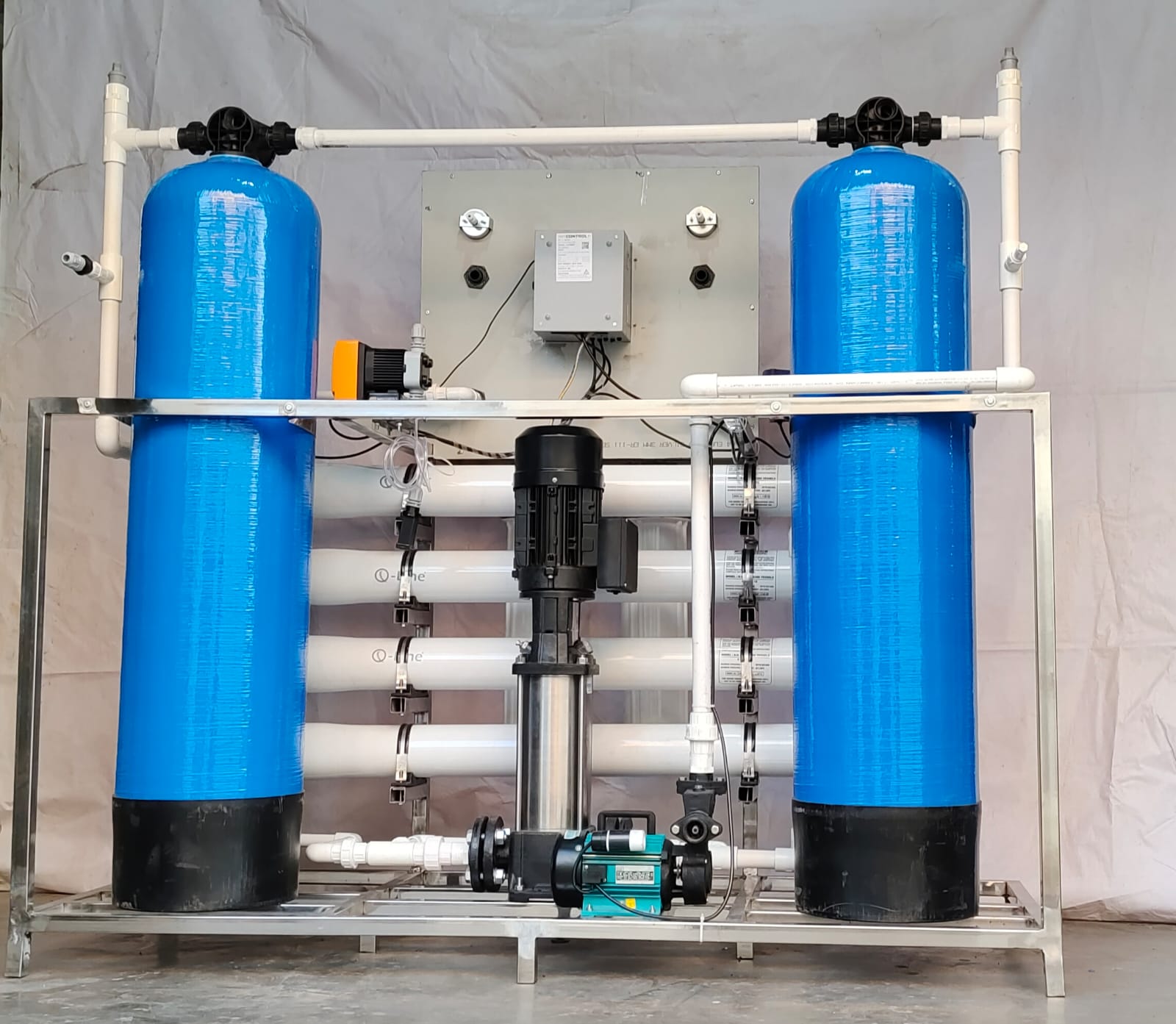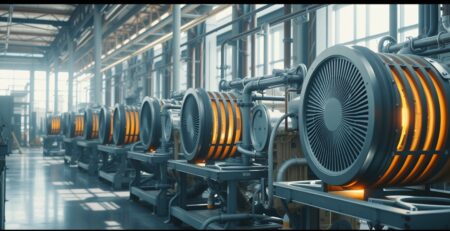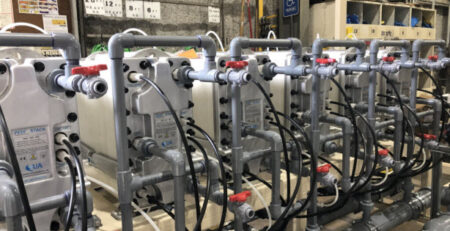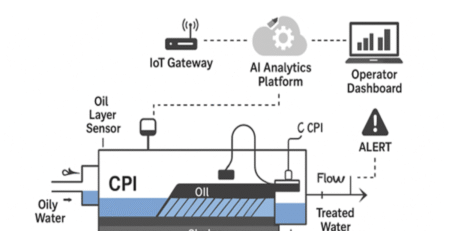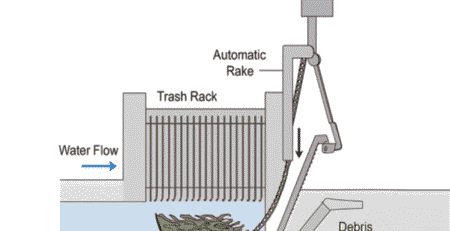Reverse Osmosis Plants South Korea Market
The market for reverse osmosis plants in South Korea has grown tremendously over the past few years. This trend is largely driven by the rising demand for seawater desalination systems. However, the COVID-19 pandemic has also had a positive effect on this market. The industry is expected to grow in the near future.
Why Seawater Desalination Plants are Gaining Popularity in South Korea?
Seawater desalination plants in South Korea are planned in many areas of the country. These include the cities of Shenzhen, Zhoushan, and Binhai New Area in Tianjin, the Luxixiang Island in Zhejiang Province, and the Bohai New Area in Hebei.
A reliable report published in the journal, says that there is a growing gap between supply and demand of fresh water resources. The authors evaluate the technical and economic prospects for utilizing commercially viable products from seawater. They also consider possible co-location of desalination plants with nuclear power plants.
Most of the world’s seawater desalination facilities are located in high-income countries, such as the United States, France, Spain, China, and Israel. These nations are expected to increase their investments in desalination facilities by two-thirds by 2022. The report predicts that an additional 48 billion dollars will be invested by 2022 in these facilities.
The significant report highlights the use of a range of technologies to produce and process water. Those include RO, osmosis, and multi-effect distillation. Some plants may also use renewable energy. A review of the world’s seawater desalination plants reveals that some 177 nations now have these facilities. Almost half of these are in the Middle East, while the European Union and the United States account for 13% and 9% of the global installed capacity, respectively.
A major challenge for small-scale RO desalination systems is minimizing the capital cost and energy consumption. In the meantime, improvements in energy efficiency have made the process cheaper. The most important technologies for the economic use of the desalination plant concentrate are separation and more economical concentration.
Plants that do not discharge waste brine into the ocean often use deep well injection or surface water injection as a disposal method. Most large plants recover the reject brine pressure energy by a turbine. The energy efficiency of seawater RO depends largely on recovering the rejected brine energy.
What is Scaling and Fouling in Reverse Osmosis Systems?
Scaling and fouling are major concerns in reverse osmosis (RO) systems. These two issues can affect the performance of a RO system, and can cause costly equipment replacements. These processes are often caused by dissolved inorganic compounds which are precipitated on the surface of the membrane.
There are a number of different factors that contribute to scale formation. Some of the most common types of scale are calcium sulphate, barium sulphate, and silica complexes. The scales create a dense layer on the membrane’s surface, which reduces the permeates flow.
Scaling is caused by the precipitation of sparingly soluble salts from a concentrated brine solution. The result is a decrease in permeates quality and recovery rate.
A number of techniques have been used to mitigate scale formation. Among them are pre-precipitation of sparsely soluble salts, ion exchange, and chemical treatment.
The effectiveness of these methods can depend on the feed quality and operating conditions. However, these processes also have indirect costs.
Scaling can be reduced by operating the system at a lower recovery rate. This results in less concentration polarization, which in turn, can reduce the amount of membrane fouling that occurs. Other methods are softening, or using an antiscalant to prevent scale formation.
The effect of a reverse osmosis system’s membrane on scaling and fouling is dependent on the type of water and the process. Some plants experience little or no scaling and fouling problems. Others are susceptible to these problems.
The effects of scaling and fouling are also dependent on the operating parameters of a RO system. The success of a RO system depends on the repeatability of the process. It also depends on the life of the membrane. In addition, the performance of a reverse osmosis membrane is influenced by the quality of the feed water.
The most common foulants in a RO system include colloidal fouling, biological fouling, and inorganic fouling. These foulants occur when the concentration of a feed solution exceeds its saturation point. During this process, inorganic precipitates such as calcium sulphate, barium fluoride, and strontium sulphate form.
What is the Market Growth of Reverse Osmosis Plants in the South Korea?
In Asia-Pacific region, the reverse osmosis plants South Korea market is gaining prominence. The rising population and increasing demand for potable water are the key factors driving growth of this segment.
With the growing needs of the industrial consumers, manufacturers of reverse osmosis pumps are expanding their production capacities. They are also forming strategic partnerships with other industry players to expand their reach.
Among the major applications, the desalination of seawater is the most prominent application of the reverse osmosis membranes. It is an effective and inexpensive solution to meet the demand for fresh water.
Besides, increasing government regulations on water quality is predicted to drive the growth of the water desalination market. Additionally, the rising awareness about water conservation is also estimated to spur the market.
Moreover, the product launch strategy adopted by the leading market players is also a critical factor for increasing their market share. They are competing with one another for the development of new technologies. In addition, they are also focusing on the partnership and acquisition activities.
The reverse osmosis membranes market is classified based on its material type, application and region. Spiral-wound RO membranes are expected to account for the maximum share of the market. The cellulose-based membrane segment is also expected to record the highest growth rate.
Among the leading markets in the world, the North American region accounts for the largest share of the global market. The United States is expected to maintain its dominance during the forecast period. The European region contributes to 9.72% of the total size of the global market.
The market in the Asia-Pacific region is expected to grow at a CAGR of significant % over the forecast period. The rising number of urban inhabitants and the lack of potable water in this region are the key factors contributing to the growth of the reverse osmosis plants market.
The Bottom Line
Although water makes up the bulk of our globe, it is unfit for human consumption. Because reverse osmosis is one of the finest ways for removing salt and is appropriate for drinking, drinks, bottled water, medicine, tourism, and a variety of industrial uses, it may change this. While cutting-edge oxidation technologies make it possible to create safe drinking water from a variety of water sources, the novel method reduces clogging problems.

